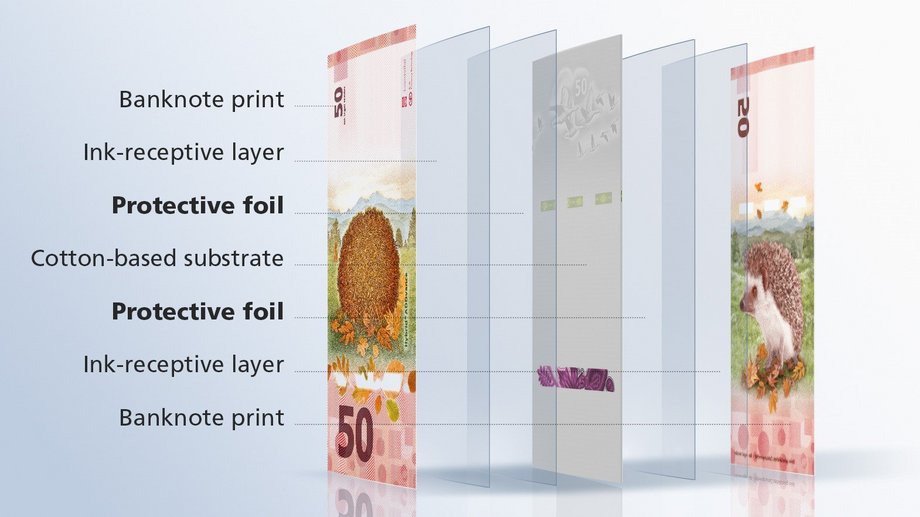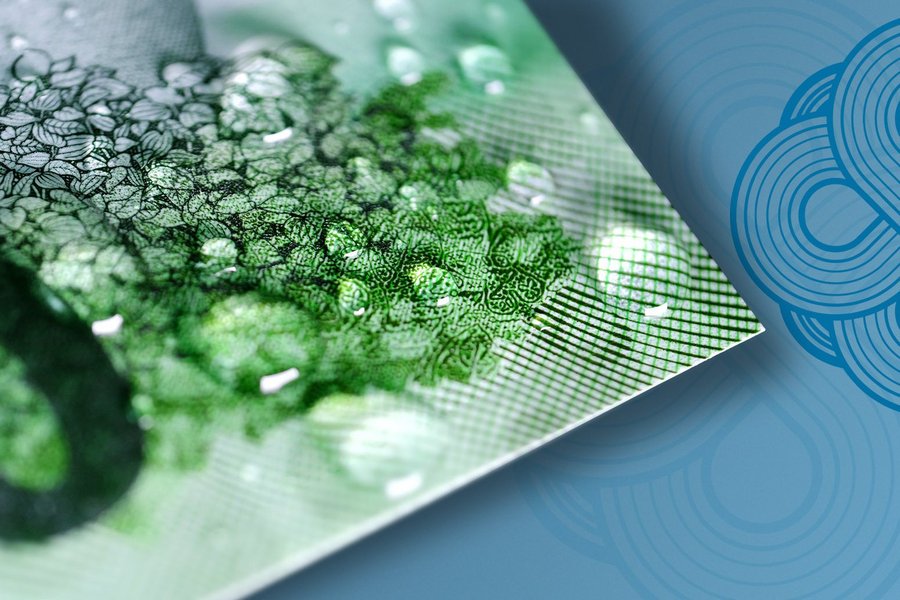The COVID-19 pandemic has triggered a shift in product development conditions that has led to megatrends such as digitalization and sustainability becoming more prominent. As a result, greater pressure is being placed on manufacturers and development teams to produce smart solutions that integrate resource-efficient components. Integrating a strategic sustainability perspective into the early phases of the product innovation process – including life-cycle thinking – is one way to overcome this challenge.1 By looking holistically at a product’s life cycle and innovating with new materials, this balance can more easily be found.
As an example, the automotive industry must ensure that cars uphold maximum levels of safety, while also incorporating great design and sustainability – key pillars of customer satisfaction. The average car contains more than 30,000 parts, many of them steel.2 Each piece requires different types of steel to maximize performance, efficiency, and safety for consumers. Traditionally, in order to make steel stronger (and safer), automakers had to make sacrifices in weight and formability. However, a new generation of high-strength steels enabled automakers to increase strength while also decreasing weight, which also helps to increase a car’s sustainability.2 This demonstrates that new technology and materials offer great ways for manufacturers to meet multiple requirements.




